The past couple of years were not easy times for the wine world. As if the imposition of tariffs and the rise in prices was not enough, we piled on the pandemic (which closed the tasting rooms in just about every winegrowing region) and the resurgence of catastrophic fires in California. The infernos of 2017 were bad enough, but the more recent ones were absolutely devastating.
And then there’s climate change. It is absolutely evident that average temperatures are rising, and gradually the areas that are perfect for ripening wine grapes won’t be anymore. In fact, some winegrowers in France have already started planting vineyards farther north than the traditional regions.
The combination of all these events has especially affected the makers of luxury wines. With prices rising, average wine drinkers and collectors are starting to look past the famous regions and vineyards of places like Bordeaux and Napa Valley. They’re showing more interest in Spain, for example, and Chile, where makers of luxury wines have bought vineyards and created super-premium products. These include labels such as Catena Zapata. Their “Nicolas” bottling sells for around $400.
Australia is in the running, too, with wines like Henschke Hill of Grace for north of $800, and the heritage Penfold’s Grange in the $700 range. And don’t count out Spain. The Vega Sicilia label, long a cult favorite, is attracting wider attention even though their “Unico” wine sells for around $450 a pop.
Sales of South American wines have increased considerably in the last ten years because of their quality/value ratio and ever-increasing point scores from influential critics. They’ve expanded distribution channels, too, so a wider variety of wines is more readily available.
New frontier wine regions have opened up as well. The remote Patagonia area of Argentina is producing a new selection of interesting wines. In fact, one wine from the area is called “Fin del Mundo”: the end of the world.
Prices of many of the finest wines from regions like Bordeaux and Burgundy have been going through the roof for a while. Collectors who have been sitting on older vintages now consider the bottles more of an investment than a casual drink to share with friends. For example, if you bought a 2000 Lafite Rothschild for $200 when it came out in 2003, you can cash it in today for around $1,000. I wish all my investments did that well.
The fires in California will have a damaging effect for years to come. First, many wineries have been burned to the ground or at least severely damaged. Smoke taint has also affected grapes that were on the vine when the fires hit, and it can’t be detected until the wine is actually made. Third, hundreds of acres of vineyards are gone. Many smaller wineries will not survive.
So let’s do a couple of things. Support the winemakers in areas that have been affected by fire, and look for delicious possibilities in places beyond the expected. Like these …
¦ Sosie Pinot Noir Spring Hill Vineyard Sonoma Coast 2019 ($43) – From the Petaluma district, this blend of three Pinot Noir clones is loaded with rich aromas and flavors of strawberry and raspberry. There’s an Old World touch of warm earth and nicely balanced acidity throughout. WW 89-90
¦ Siduri Pinot Noir Willamette Valley 2019 ($30) – In case you’re wondering, Siduri in literature is the bartender of the underworld. But winemaker Adam Lee’s Pinot Noirs are always otherworldly. The Oregon soils and climate give the wine aromas of cranberry and plum rather than strawberry. The acidity is bright, with a medium mouthfeel and very soft tannins. WW 91
¦ Azendia Agricola Binomio Montepulciano d’Abruzzo Riserva 2015 ($52) – This relatively recent brand (1998) has made its mark with a rustic, earthy style, ripe tannins and intense blackberry and strawberry aromas and flavors. A serious wine, capable of aging. WW 92
Ask the Wine Whisperer
Why is it so difficult to understand a wine label?
Mainly because each country has its own laws about the information that must be on the bottle. In Europe, the wines are labeled first by the region. In the so-called New World, labels carry the name of the grape. It’s a lot easier to understand a label that says “Chardonnay” than one that reads “Puligny-Montrachet.” ¦
— Jerry Greenfield is The Wine Whisperer. He is the creative director of Greenfield Advertising Group, and a wine educator and consultant. His second wine book, “Ask the Wine Whisperer,” is available through his website. Read his other writings at www.winewhisperer.com

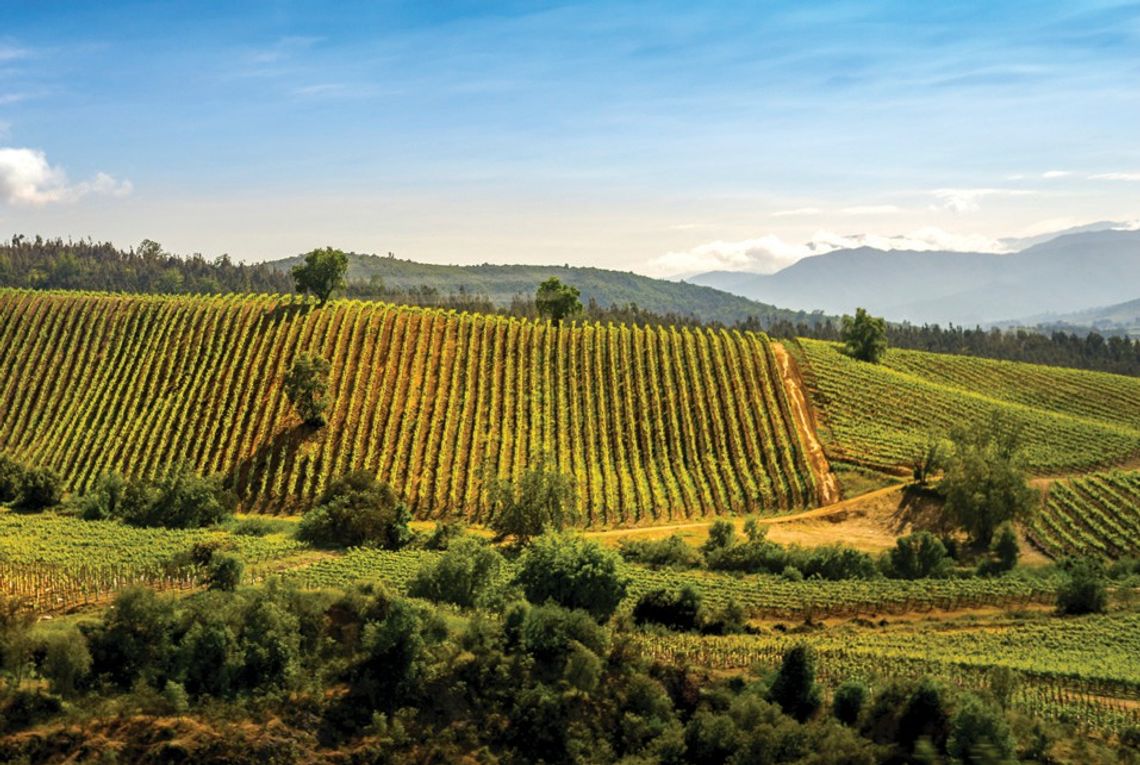

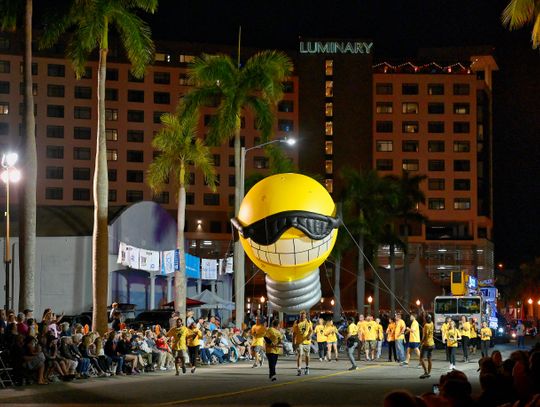

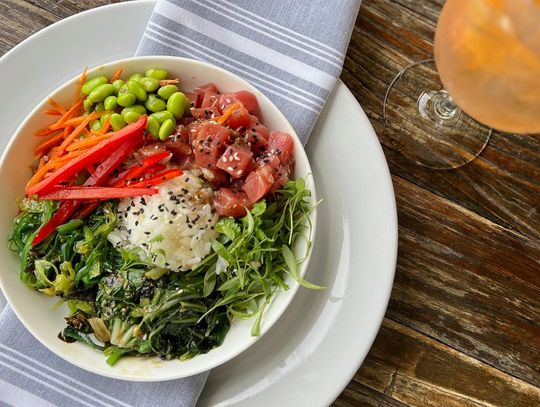
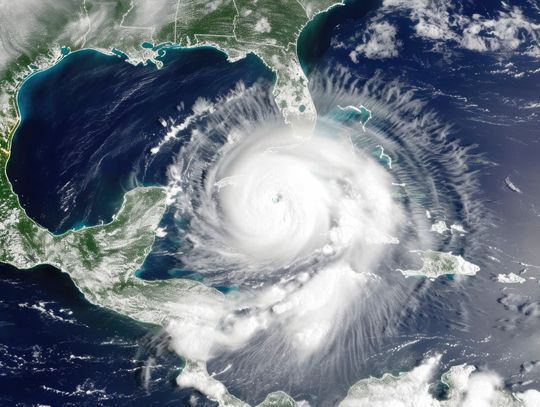
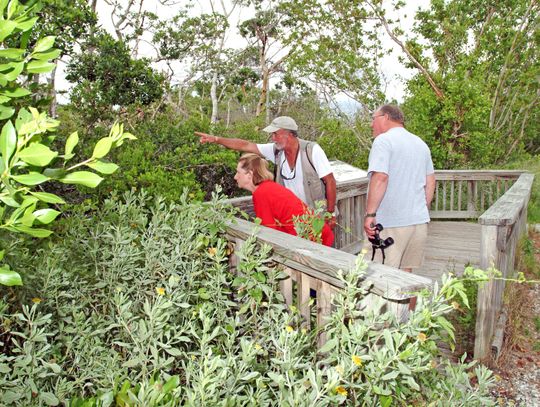







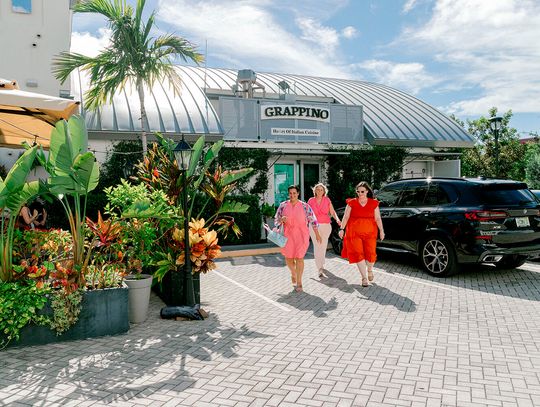

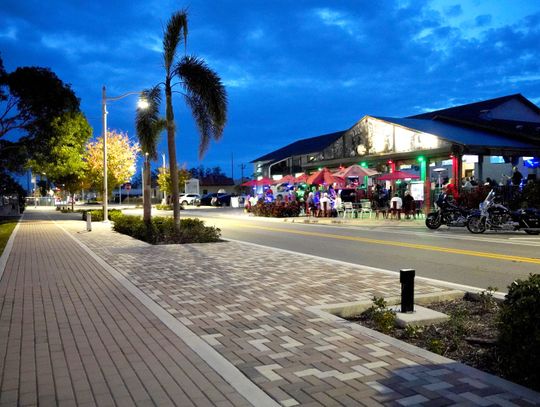
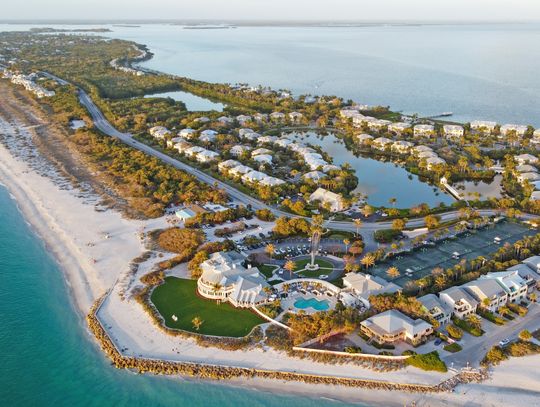

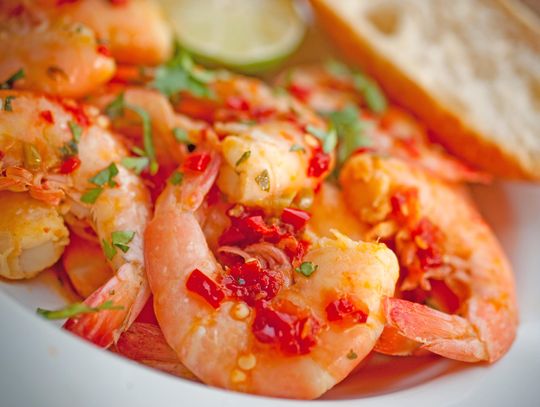
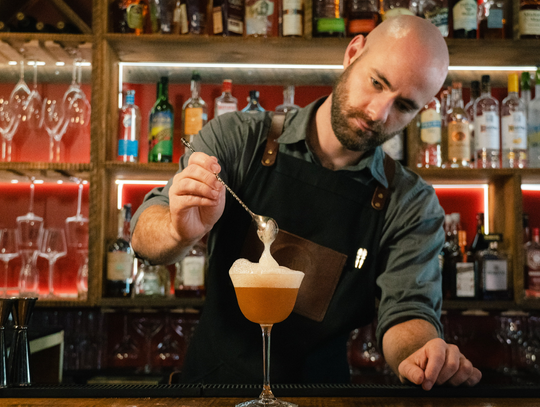
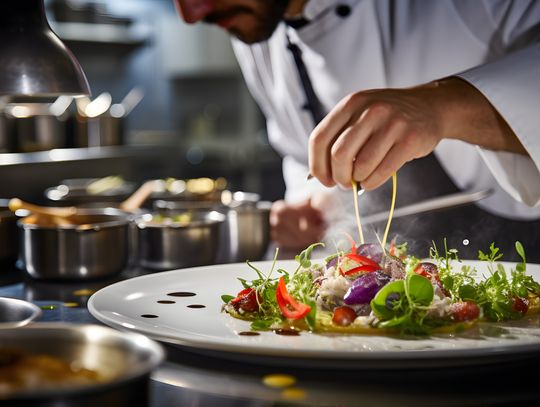
Comment
Comments